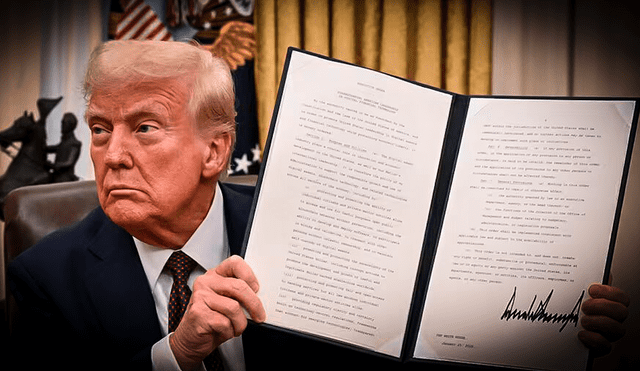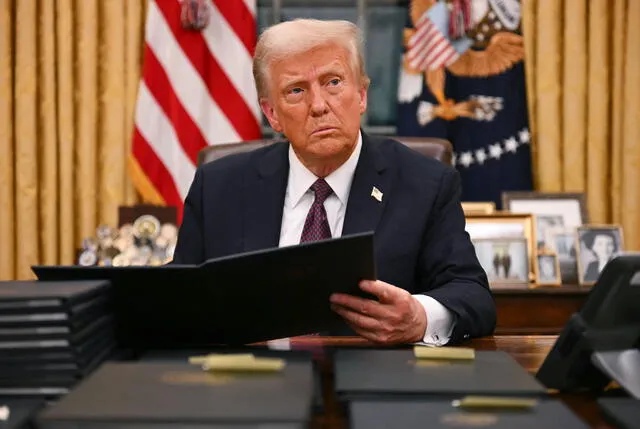Trump issues directive to revise Transgender service member Policy in the U.S. Military
Donald Trump’s latest executive orders ban transgender individuals from serving in the military while introducing broader reforms, including eliminating diversity programs and reinstating unvaccinated service members.

Former U.S. President Donald Trump has signed a directive that revises the policy on transgender service members in the U.S. military. This move reinstates restrictions on transgender individuals, signaling a departure from previous inclusivity efforts. Trump’s decision aligns with his broader strategy to reshape the armed forces, including removing diversity programs, reinstating unvaccinated soldiers, and advancing defense systems.
The directive has sparked widespread debate over its impact on inclusivity, military readiness, and national security. Below, we delve into the key changes introduced by Trump’s executive orders and their implications for the U.S. military.

ALSO SEE: Essential Guide for Immigrants: How to Protect Your Rights During ICE Detentions in the U.S.
Trump’s Directive: What it means for Transgender Service Members
Trump’s executive order effectively reinstates a ban on transgender individuals serving in the U.S. military. This decision has drawn sharp criticism from advocates who argue it marginalizes capable service members based on their gender identity.
Trump justified the policy by emphasizing concerns about the physical and mental readiness of transgender troops, stating that inclusivity measures could hinder military efficiency. However, previous studies, such as a 2018 Palm Center report, indicated that approximately 14,000 transgender individuals were actively serving at the time without adverse effects on readiness.
This policy reversal is expected to impact transgender service members significantly, with many facing potential discharge or exclusion from military service. The directive reflects a broader shift toward traditional military practices under Trump’s leadership.
Other policies in the US Military sign by Trump
Additional to the executive orders sign by Trump, there are military policy revisions, such as:
1. Elimination of Diversity, Equity, and Inclusion (DEI) Programs
- All DEI-related offices and initiatives in the military are being shut down.
- Employees in these roles are placed on paid administrative leave.
- The Secretary of Defense has been tasked with conducting an internal review to ensure DEI policies are fully dismantled.
Critics of this decision argue that eliminating DEI programs could hinder efforts to promote a more inclusive military culture, while supporters believe it will reduce bureaucracy and refocus priorities.

On Day one, Trump signed dozens of executive orders, including elimination of diversity programs in the US. Photo: AFP
2. Reinstatement of discharged service members
- The order reinstates soldiers discharged for refusing the COVID-19 vaccine, allowing them to return to service with their previous rank.
- These individuals will also receive retroactive pay and benefits.
- Pentagon data shows over 8,000 soldiers were discharged due to vaccine mandates, though only a small fraction sought reinstatement after the mandate was lifted.
3. Development of advanced missile defense systems
- A new initiative, referred to as the "Iron Dome for America," aims to bolster the nation’s defense against aerial threats, including hypersonic and cruise missiles.
- While the costs and timelines for this system remain unclear, it is expected to significantly enhance U.S. military readiness.